![]()
![]()
Laura Lawrence- Northern Michigan Homesteader
Homemade Soap
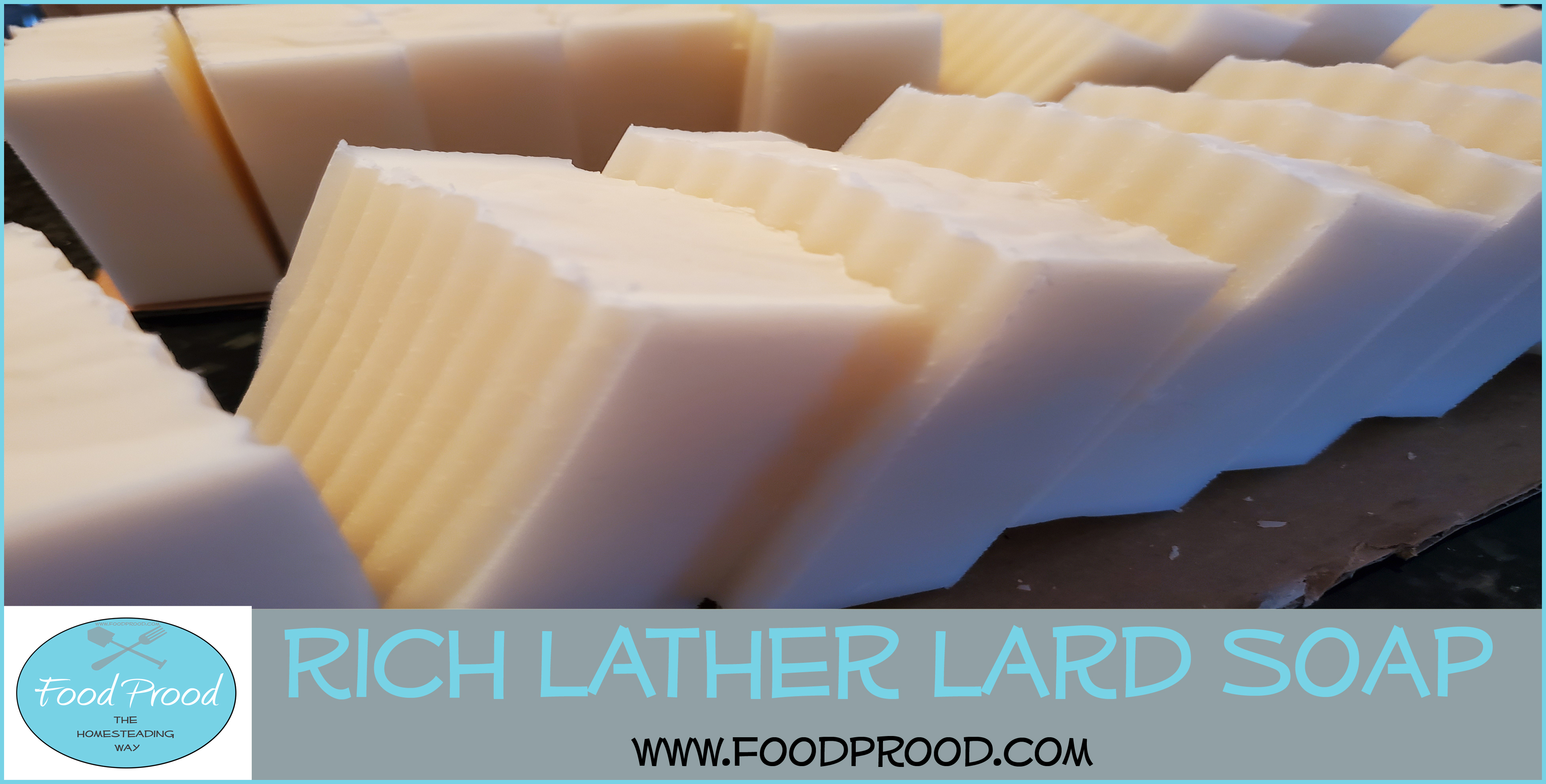
Create your very own soap using only a few
ingredients and the main one being Lard!
This is my favorite recipe on how to make your own soap at home! It's extremely frugal for us because we raise our own organic pasture raised pigs, so we get LARD!! Once I render that Lard I'm able to make soap with a few ingredients and a bit of time. Learn how to Render Lard by clicking Here.
Using Lard is a great way to use up one of those Homesteading Items. Learning how to make soap at home can seem daunting at first because of the warning of mixing up the Lye. Which you will need to take caution, but once you do it once you'll see it's not as scary as it may seem. This recipe for homemade soap takes 2.2 pounds which is about 2 quarts of rendered Lard. This will fill up one of the soap molds and I'll slice these into 1 Inch think bars to create about 10-12 bars. It creates a rich lather that'll amaze you it's from Lard!
If you follow how to render lard and use any of the rendering numbers (#1, #2, #3) you'll get a rich lather. The #1 lard will create a less piggy smell, but honestly I've used all 3 renderings and when I shower I do NOT smell like bacon! Which may or may not make you sad. It may have a tinge of a smell outside of the shower prior to using but you will not come out of the shower smelling at all.
All Resources can be Found HERE!
Click HERE to print out the recipe!
RESOURCES:
Ingredients:
2.2 pounds of Lard*
4.7 oz's soapmaking Lye
9.4 oz’s distilled water
1.06 oz’s Essential Oil of your choice (optional)
*denotes a Homesteading Item
Supplies:
Lye
Kitchen Scale
Soap Molds
Thermometer (best out there, we use for meat, soap, cheesemaking, etc)
Immersion Blender
Large Stock Pot
Half Gallon Glass Jar
Spoon or Spatula (I use a wooden paint stick that is designated especially for making soap to mix up the lye crystals)
Directions:
1. Weigh the distilled water into a glass jug (half gallon jar is what I use). In a separate beaker, this can be plastic or glass, weight your Lye crystals.
2. Going outside (for ventilation) combine the water and lye by pouring your Lye into the water and stir. (Do NOT pour water into the Lye, make sure to pour the Lye into 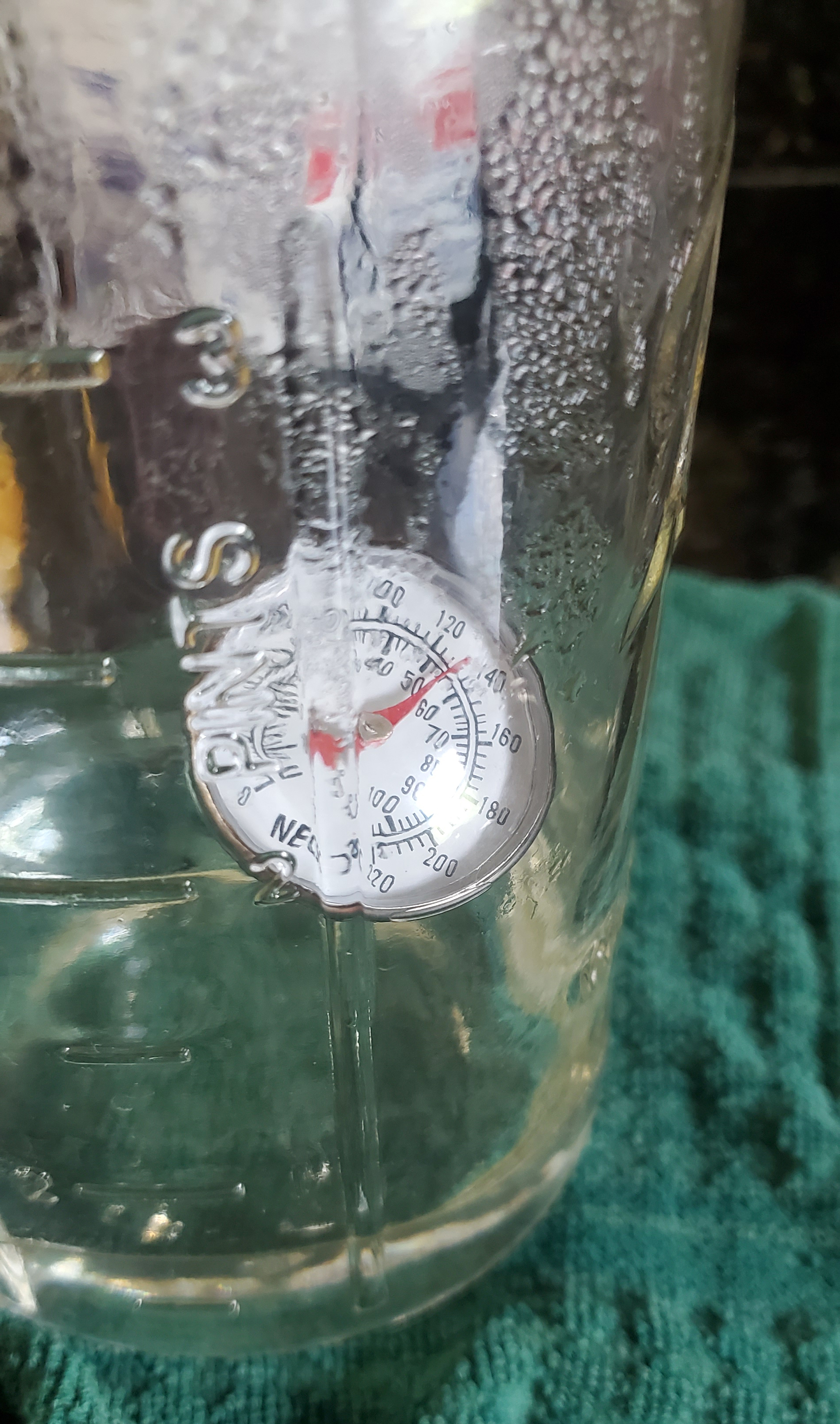 the water). This creates a chemical reaction and releases noxious fumes so please take caution and stand back while stirring or please wear a mask. I turn my head and lean away while stirring so I do not breathe in any fumes. Allow to cool to 120 degrees F. Use your themometer to keep track of the temperature.
the water). This creates a chemical reaction and releases noxious fumes so please take caution and stand back while stirring or please wear a mask. I turn my head and lean away while stirring so I do not breathe in any fumes. Allow to cool to 120 degrees F. Use your themometer to keep track of the temperature.
3. Meanwhile while the lye mixture is cooling, place your weighed out lard into a stock pot and slowly bring to a melt. Do not allow it to burn so make sure it’s a gentle heat. At this point you can weigh out your essential oils if using.
4. When the Lye has reached 120 degrees F you can then pour the Lye mixture into melted Lard slowly.
5. Using your immersion blender you will want to blend the mixture. Do NOT run it on constant, stir it in between bursts of your immersion blender. Blending for 10 seconds and turning off for 30 to 45 seconds.
At this point you may add in the essential oils. Continue with the bursts and stirs for several minutes. Your “soap batter” will become thick and as soon as it’s thick enough you’ll pour this into the molds.
How to tell if its’ ready? You’ll want to take your immersion blender and dribble the soap mix on top of the batter in the stock pot and if it leaves a “trace” on top where you can see the squiggly lines this is called the “trace stage”. At this point you can pour into the soap mold. If not, keep the bursts and stirs up.
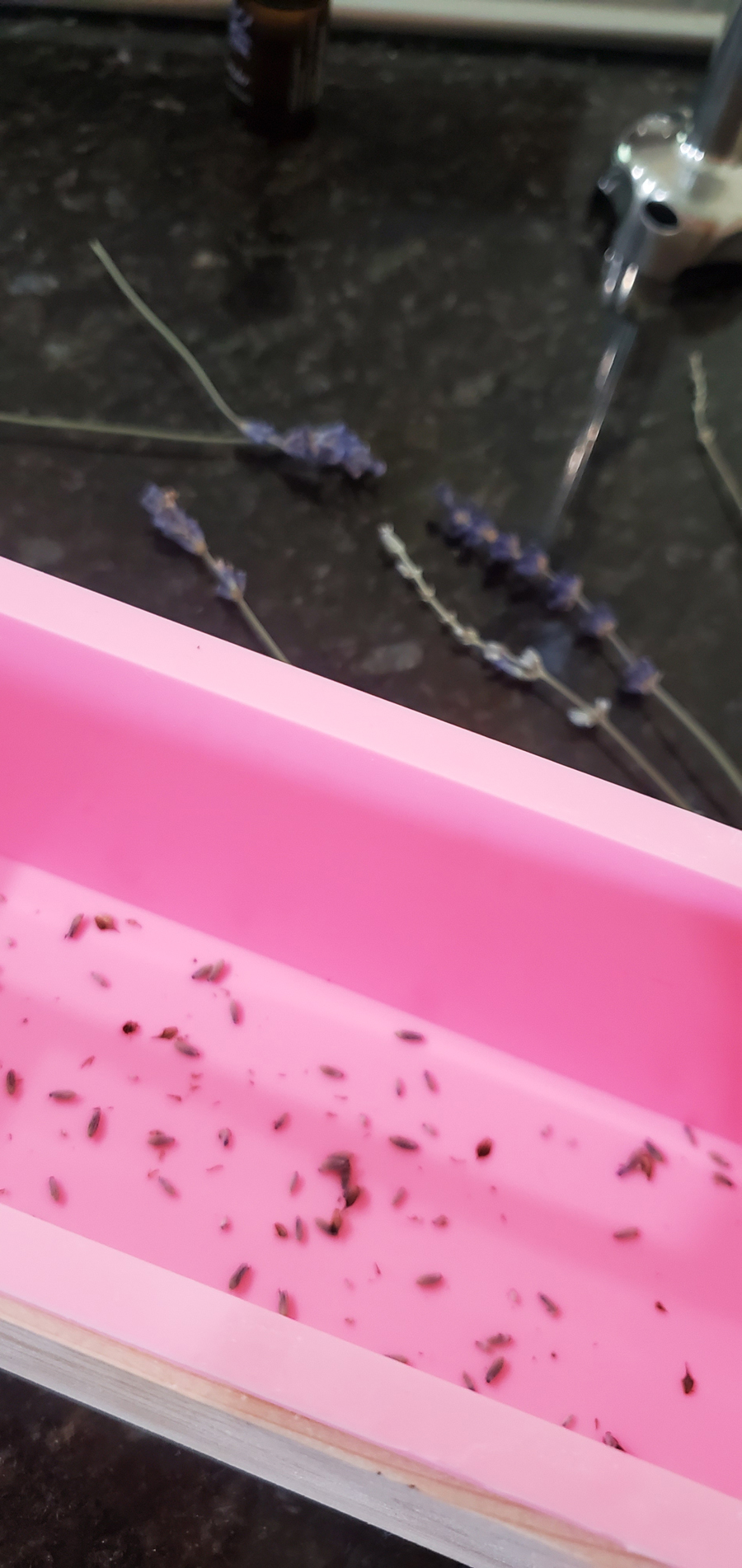 (I used lavendar and placed on the bottom of the mold to be fancy)
(I used lavendar and placed on the bottom of the mold to be fancy)
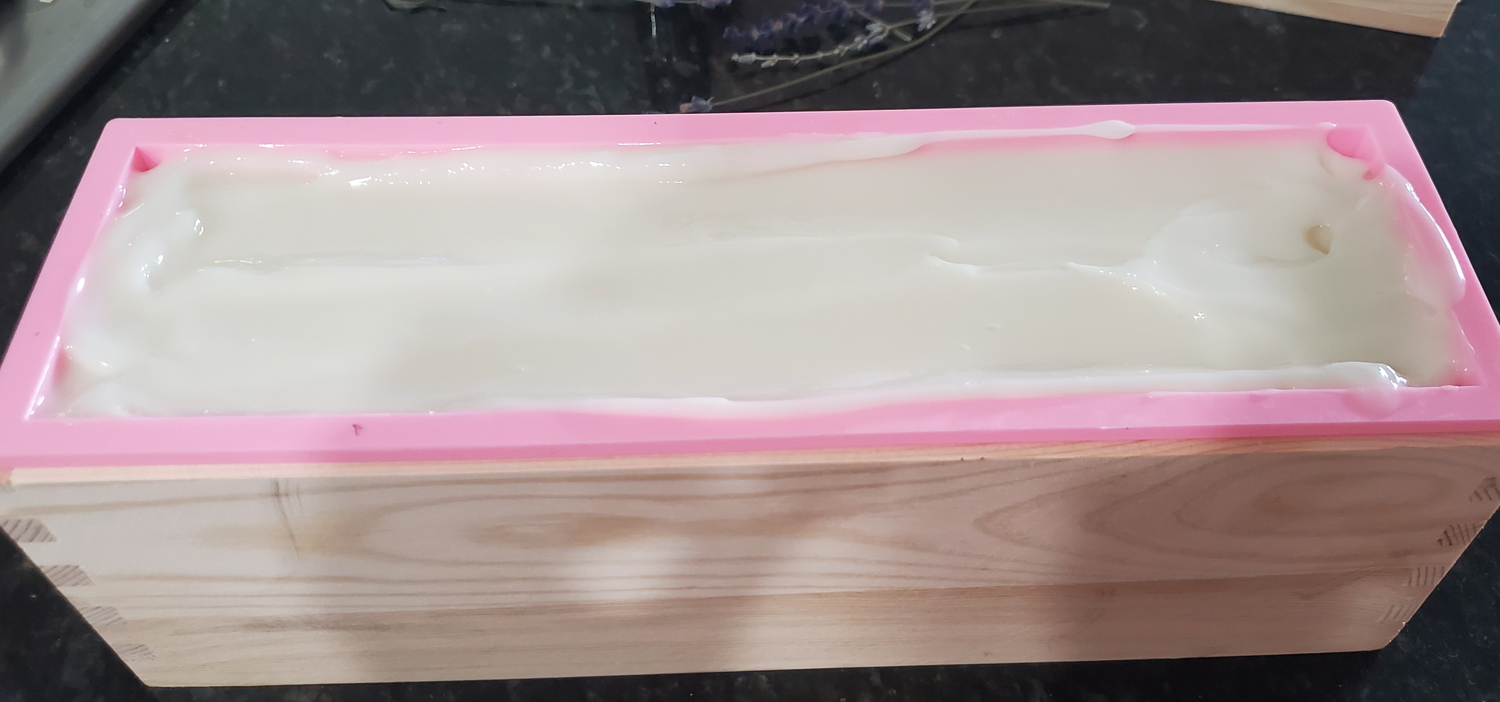
6. Pour your soap into the mold. Cover the top with a lid (I use cardboard that I traced the size of the mold) and place it on top and leave it in a warm area for 24 hours.
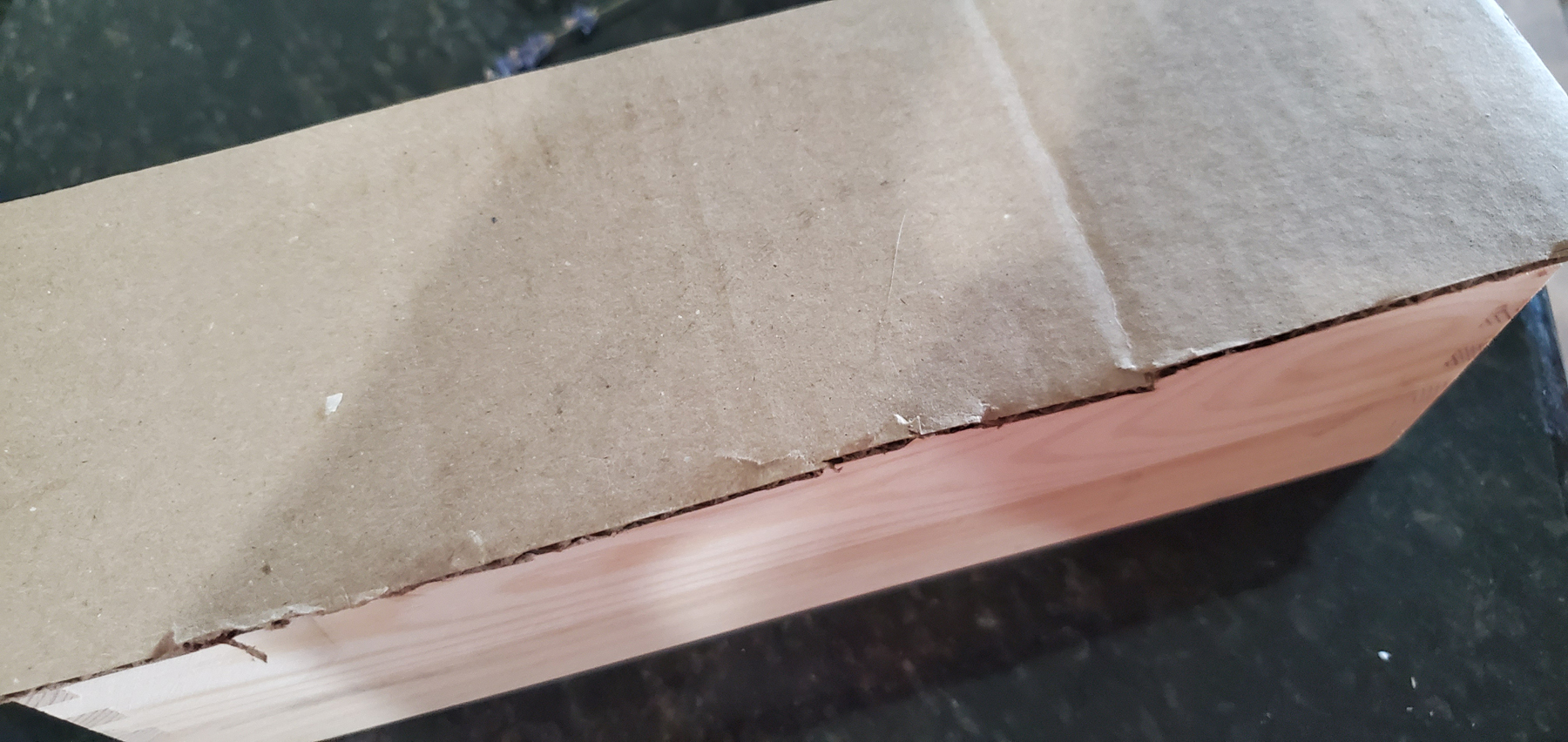
7. After 24 hours the soap should be hard enough to remove it from the mold. The soap should still be soft enough to cut into bars with a dedicated kitchen knife of soap cutter.
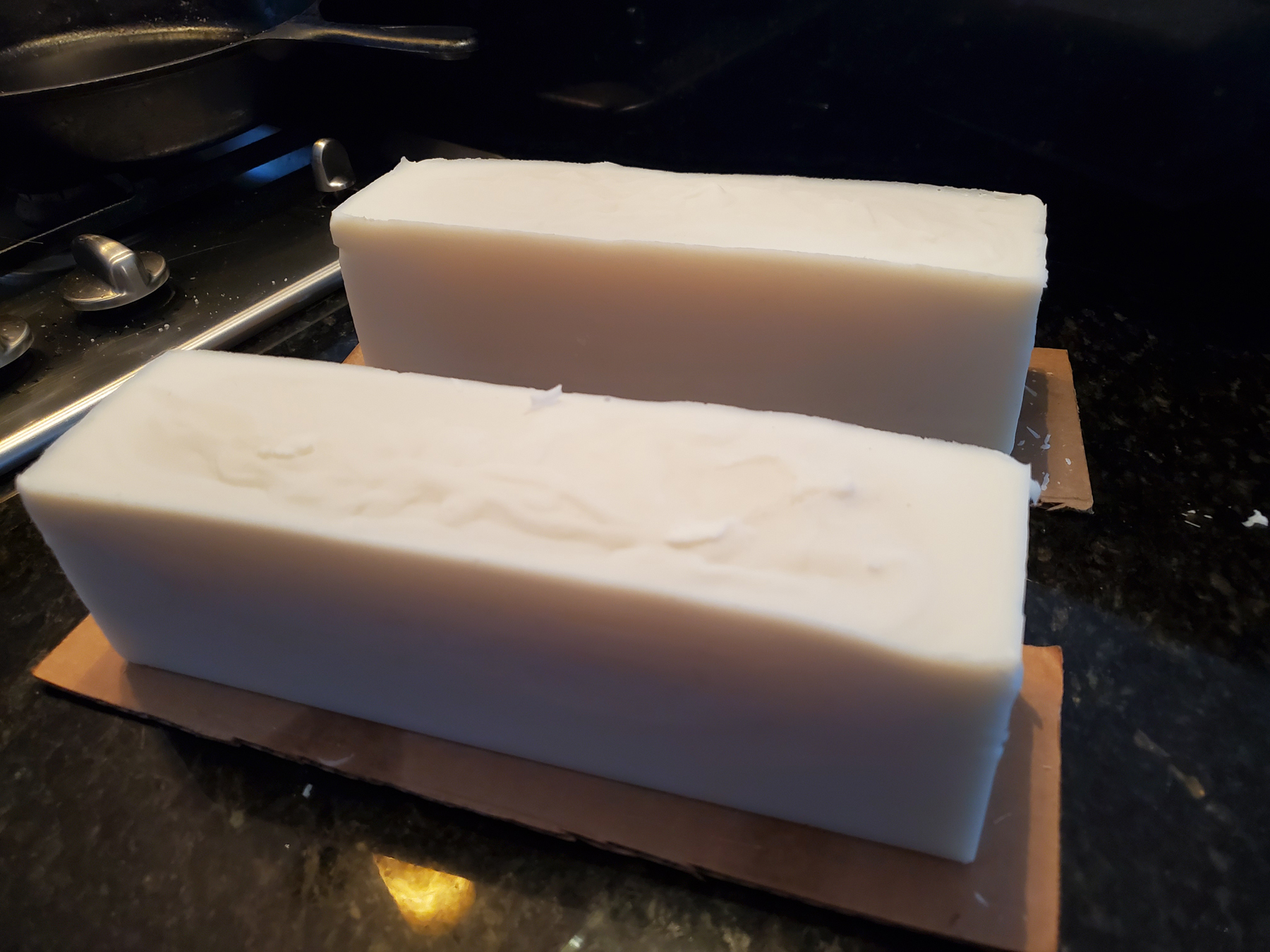
8. Allow to dry out on your counter uncovered with airflow for approx. 10 days to cure.
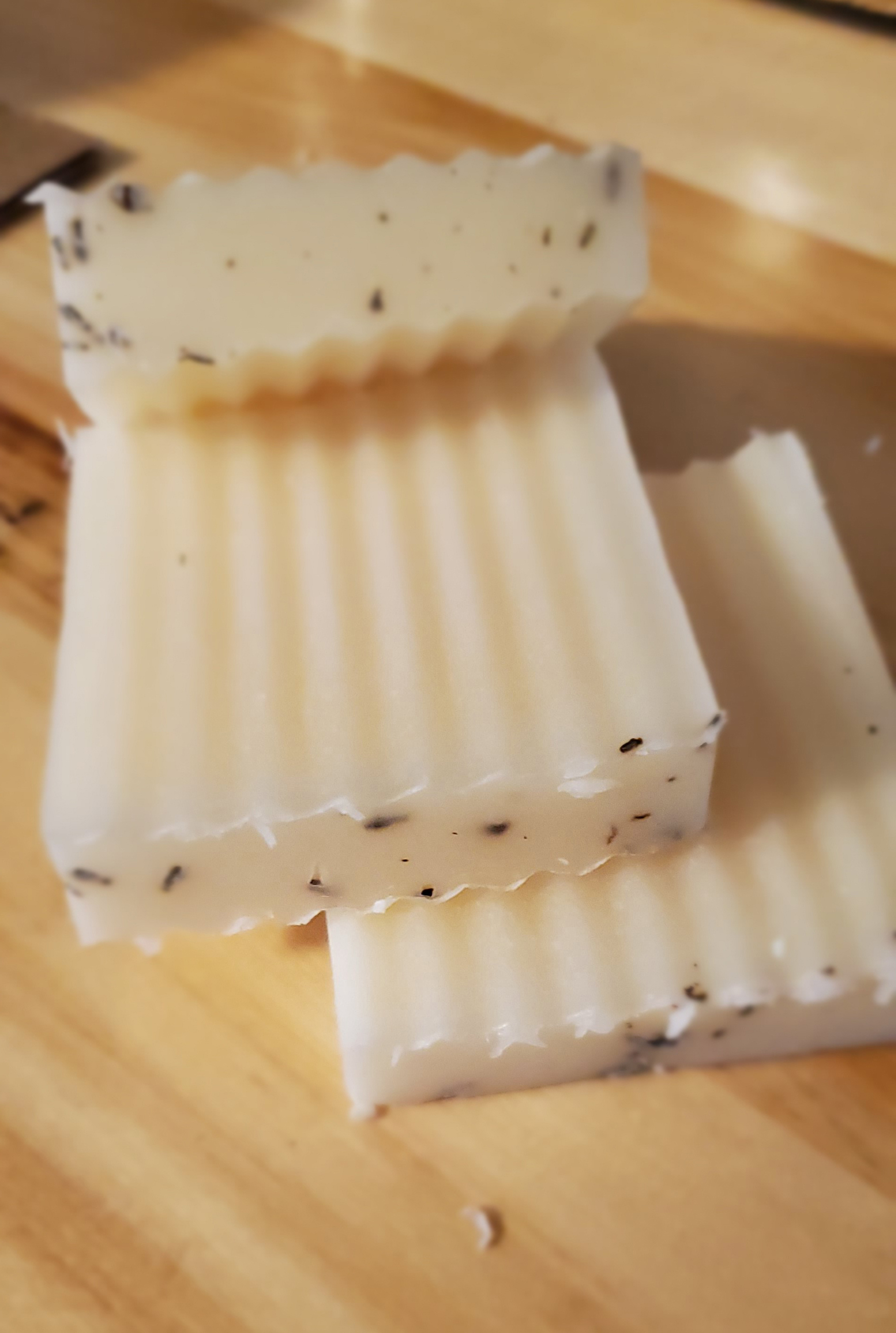
****You can use VINEGAR to neutralize any spills or wipe down all your equipment*** I designate certain pots, glass jars, etc for soap making only.
Some of the links may be affiliate links, which means I may earn a commission at no additional cost to you, if you click through and make a purchase. I only share links of products I either use or would be comparable to what I am currently using.
|
|
Find me on
©Laura Lawrence, All Rights Reserved Privacy Policy Affiliate Disclaimer Terms of Service









